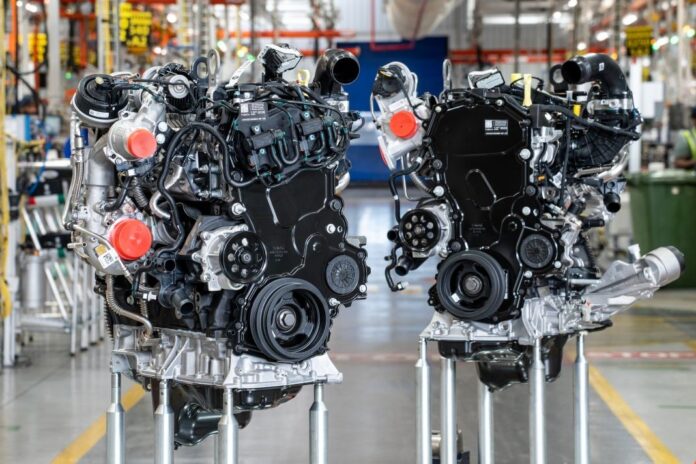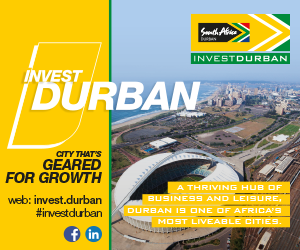As the South African automotive industry celebrated one hundred years of making cars in the country, two challenges appeared on the legislative and political landscape: European carbon targets and a possible recalibration of policies by the US.
The Carbon Border Adjustment Measurement of the EU will be introduced in January 2026. For original equipment manufacturers (OEMs) in South Africa, the implications are great. The National Cleaner Production Centre, a subsidiary of the Department of Trade, Industry and Competition (the dtic), has offered its services to OEMs to establish whether or not they are meeting the targets.
Since 2000, the African Growth and Opportunity Act (AGOA) has afforded many African countries the right to export into the US almost 7 000 products duty-free. This has been a big boost for OEMs like Mercedes-Benz which sends a lot of its vehicles to the US.
In 2022, countries with AGOA status exported goods to the value of $30-billion into the US, with $10.2-billion of that attracting no duties. With the US and South Africa differing in their respective attitudes to the conflicts in the Middle East and Ukraine, there is a chance that US policy-makers could withdraw South Africa’s status.
On the other hand, the US is also likely to do less trade with China under President Trump and there may be additional opportunities in the US if AGOA can be safely negotiated.
Ford Motor Company started making cars in what was Port Elizabeth in 1924. Today it makes engines in the same town, now known as Gqeberha, and vehicles in Pretoria.
BMW Group has started making the BMW X3 as a plug-in hybrid for export at its Rosslyn Plant in Tshwane. Pretoria is also home to Nissan. The Tshwane Automotive Special Economic Zone (TASEZ) is a project of the Gauteng Province, the dtic and the City of Tshwane.
The 520 963m² facility of Volkswagen South Africa in Kariega is one of four plants worldwide that makes right-hand-drive Polos but the only one in the world that makes the Polo GTI.
Both the Coega Special Economic Zone and the East London Industrial Development Zone (ELIDZ) have areas dedicated to automotive and automotive components manufacture and the Automotive Industry Development Centre – Eastern Cape is focussed on growing the sector.
The national Automotive Production and Development Programme (APDP) has been extended to 2035, 15 years beyond its original expiry date. State support for the industry has helped it thrive, but manufacturers are expected to increase local content levels.
The industry itself is looking to Africa for new markets and is urging national government to release policy guidelines on electric vehicles.
Further online resources:
- Automotive Industry Development Centre: www.aidc.co.za
- Naamsa | The Automotive Business Council: www.naamsa.co.za
- National Association of Automotive Component and Allied Manufacturers: www.naacam.org.za









